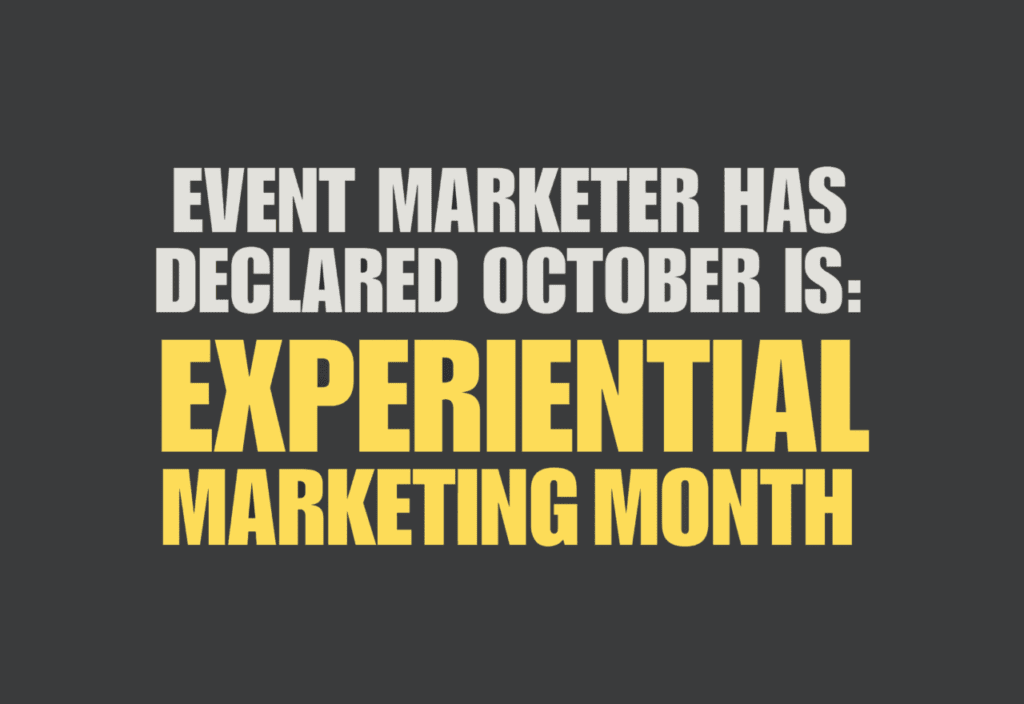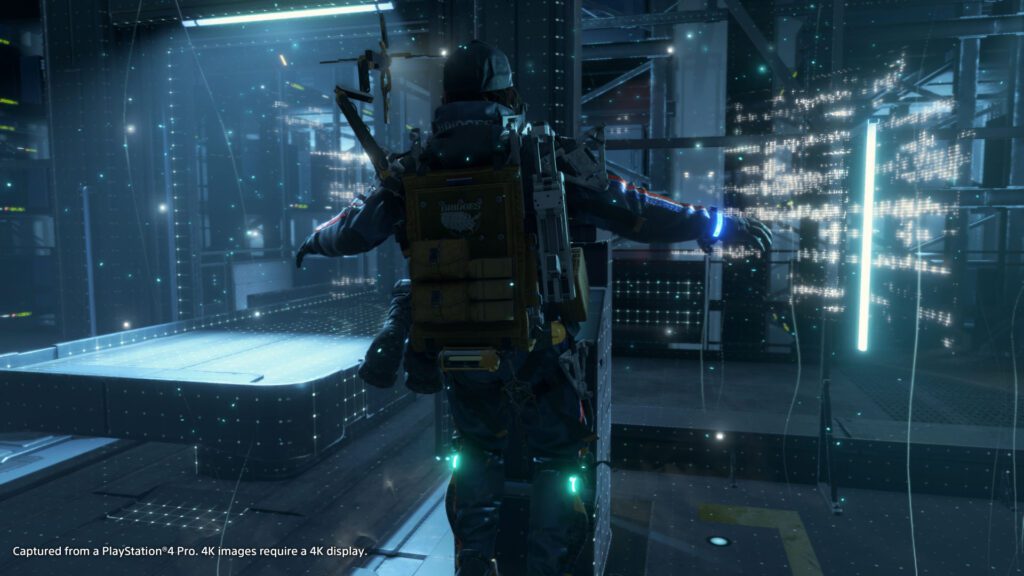White #10 envelope.
White #10 envelope.
Jiffy Pak containing fold-out mailer with pop-up baby monkey and banana-flavored bubble gum.
White #10 envelope.
Which of these would you open first?
If you chose the simian-themed option, that’s exactly what proponents of dimensional mail hoped. With the ongoing problem of mailbox clutter compounded by the flood of e-mail and other media, marketers are looking for ways to gain eyeballs, mind share and eventually dollars.
While more expensive and complicated to produce, well-executed dimensional pieces do encourage prospects to not only open the piece but linger with it to soak up the branding message and offer, says Mike Maguire, president of Essex, CT-based Structural Graphics.
“That whole involvement step is important in getting the results you want,” he notes. “Pieces that are clever, intelligent, cool and surprising create an emotional response — and they tend to get kept and passed around.”
“If they’re spending more than two minutes with the piece, [the prospect] has done what they’re supposed to,” says Mariah Hunt, senior production manager at Digitas in Boston. “You have to hope that that element of ‘Wow, that’s kind of cool!’ will get the message in their face.”
But that doesn’t mean dimensional mail is a silver bullet. The pieces work best if they’re part of an integrated campaign that includes follow-up by mail, phone, e-mail or in person. Production time is long, the pieces are more costly and postage is higher. And, if the piece is pure novelty and doesn’t flow well from the brand imagery, strategy or offer, there’s a definite disconnect.
“People will be intrigued, but if it’s not relevant to what you’re trying to accomplish from a marketing point of view, they’ll slam the door shut as quickly as you’ve opened it,” says Maguire.
“It’s just like a spice,” says Burton Hall, president of Burton Hall & Associates, a Park Ridge, NJ agency that’s created dimensional campaigns for clients such as the Smithsonian Institution and Volvo Group. “If you use a spice incorrectly in a meal, it won’t enhance the outcome. Don’t do it just to do it.”
Hunt recommends dimensional mail to clients who have a good handle on their customer base — and therefore know who their best prospects are.
“Dimensional mail tends to be more expensive, so you have to have good background,” says Hunt. “You have to really know these people and that they’ll respond to something like this before you spend your money.”
Maguire says the biggest use of dimensional mail is for product introduction. Automotive has always used it quite a bit, because the high price point of a new car makes sense for the medium, and pharmaceuticals — including many direct-to-consumer products — have utilized mailings with involvement devices. Business-to-business marketers such as high-tech firms also have tried dimensionals.
The key to getting pieces past mailrooms and into the hands of recipients is ensuring they’re heavily branded so there’s no secret of their origin, says Maguire.
Many dimensional efforts are in business-to-business, says Hunt, citing as an example a recent prospecting campaign her agency did for Federal Express, a pop-up self-mailer that cost about $1 per piece for 100,000 pieces. Having the right target name, especially in B-to-B, is crucial.
“They don’t want it passed around,” she notes. “If they’re going to spend that money, they want it to get to the COO, the CFO or whoever the target is.”
The cost per piece runs the gamut. Maguire says Structural Graphics has done simple pieces for 12 or 15 cents each, as well as higher-end pieces that run $5, $10 and $15 per unit. A range of 30 cents to 75 cents per unit is common for quantities of 50,000 to 250,000.
Maguire believes that format should be thought of early in the creative process. “Too often, format is an afterthought — typically, a lot of work is done on your marketing strategy, your copy, your offer, and then you think about what format to deliver it in,” he says. “A challenge is getting the format considered up front and letting it flow from the creative and be well integrated [with the rest of the campaign.]”
Creatives should be encouraged not to shoehorn their ideas into an existing format, he adds. “Dream something. The most effective pieces we’ve done are things a creative person scribbled on the back of a napkin and said, ‘This is crazy, but….’ I think that opens up a lot of opportunity.”
Dimensional mail does have a greater degree of getting recognized and read by prospects, agrees Michelle Wolf, print and production manager for direct and event marketing at ad agency RPA: Rubin, Postaer and Associates, Santa Monica, CA. But agencies do need to work closely with their lettershops to avoid problems, such as when pieces aren’t machine-insertable.
Postal issues also are a concern, Wolf says. And Maguire adds that not only the cost of postage but the fate of your piece once it hits the mail stream is a factor that needs to be weighed early in the process.
“One of the challenges is that when you do something unique, you really don’t know what can happen to it in the mail,” he says.
Test mailings are hugely important, he continues. “We test in all kinds of [ways, especially] with premiums. We do drop testing. I’ve heard all these terrible stories where time and money is spent on a dimensional campaign and the [piece] they tried to deliver shot out the side of the box, because it was never tested.”
Many creatives and production people think, “Oh, this ought to be fine,” and don’t bother to test mail. That’s a mistake, says Maguire.
“You don’t know, you don’t have a clue,” he says. “The thing about testing is you don’t need to spend a significant amount of money to learn 80% of what you need to know. One thing we do routinely is we’ll create five [samples] of a piece that’s holding a premium. We’ll mail them out to our sales offices and have them send them back.”
Maguire cites one example of a mailing containing jelly beans where the candy melted into a blob. “We were conscious of what might happen — when we sent it across the country it was in a tractor-trailer that was 144 degrees inside,” he says. “In the winter we’ll freeze things. We did a magnet piece that was tipped on in a magazine insert. We were using an adhesive we hadn’t used before — there could be half a million magazines in a truck in South Dakota and it’s 20 below. We like to think about what might happen.”
And then there’s the smushing factor. “There are lots of crushing issues,” he says. “That, to me, is just such a disaster. It’s all over at that point if your piece doesn’t survive.”
To avoid postal problems, if a dimensional campaign is ambitious or pricey, companies often avoid the USPS and use an alternative carrier like UPS instead, says Hunt. “Do spec samples and mail them. Don’t leave any expectations unaccounted for, so the client knows what condition the piece will arrive in.”
Another challenge is that in the Internet age, clients expect much quicker turnarounds “People aren’t used to things taking a bit longer,” says Hunt.
Spec samples are created from old pieces to show clients, she adds. “We don’t reinvent it. We use a die that’s been used already to show the [client],” and hopefully, they have the imagination to envision what the finished product will look like.
Dawn Sorgea, an art director at marketing communications agency Rodgers Townsend in St. Louis, notes that when she needed to sell her client Maritz Travel on a pop-up alligator idea (see illustration, page 25 and sidebar, page 26), she searched no further than her bookshelf for inspiration. “I looked at my child’s pop-up books to get ideas on how to create the sample.”
Having a person take main responsibility — between the printer, the die cutter and the assembly house — can help a dimensional effort run smoothly, says Maguire.
“When the jelly beans are on the floor and everybody is pointing at one another, you really need to have single accountability with production,” he says.
“We have a couple of plants in Mexico where we assemble pieces, and if the die cutting isn’t done correctly and it’s sitting in my plant in Mexico, there’s nothing I can do about it at that point. If the piece doesn’t fold and glue properly or they forgot a knock-out, the party’s over. If you don’t integrate the prepress, the printing and the finishing in your thought process, you’re much more likely to have a problem.”
Best-Case Scenario
Maritz uses dimensionals to increase chances of courting travel planners
St. Louis marketing communications agency Rodgers Townsend used dimensional pieces as part of a prospecting push for client Maritz Travel. With “The Worst-Case Scenario Survival Handbook” as a theme, the campaign’s goal was to build a relationship with meeting/event planning and incentive-travel decision makers at medium-size to large companies.
The effort, which began in the fall of 2003, initially targeted 2,000 firms, 850 of which are still being contacted. The sales cycle can be long for meeting and travel planning, ranging from 12 to 24 months, says Jim Ochu, who along with Jen Smith was an account executive on the campaign.
The idea was to take outlandish situations from the “Worst-Case” book to parallel situations meeting planners face, and encourage them to share their own horror stories as a way to interact, says copywriter Susan Schultz. The initial mailing piece in the series, “How to Cross a Piranha-Infested River” (pictured here), folded out and included a Swedish Fish candy. A follow-up, “How to Survive an Avalanche,” had a pair of “toe warmers” shoe inserts inside.
Subsequent mailings included a pop-up reptile for the “How to Wrestle Free From an Alligator” mailing and a pull-tab motorcycle jumping a car for another piece. “We were surprised that the pop-ups came in costing less than the first round of mailings with the fish and warmers,” notes Dawn Sorgea, an art director at Rodgers Townsend.
Production manager Veronica Ambuehl says this happened because the earlier pieces had to mail in large plastic envelopes to keep the premiums secure. That drove up the cost of postage. “[The pop-ups] were more involved from a production standpoint, but cheaper to mail,” adds Sorgea.
The mailings tied in with online components, such as a “Whack-a-Mole”-style game that worked on that alligator theme, as well as telemarketing and in-person follow-ups. Seven percent of the mailing’s recipients scheduled meetings.
Ochu says Maritz wants to continue with the “Worst-Case” theme, and is going to start looking at its database to identify the most mature prospects. Those who fit the criteria for the most likely revenue potential may receive more high-value dimensional mailings. White papers also are being developed to get more information to prospects.
“While the earlier mailings were to get us noticed, this has more involvement,” says Schultz.
— Beth Negus Viveiros
 Network
Network

